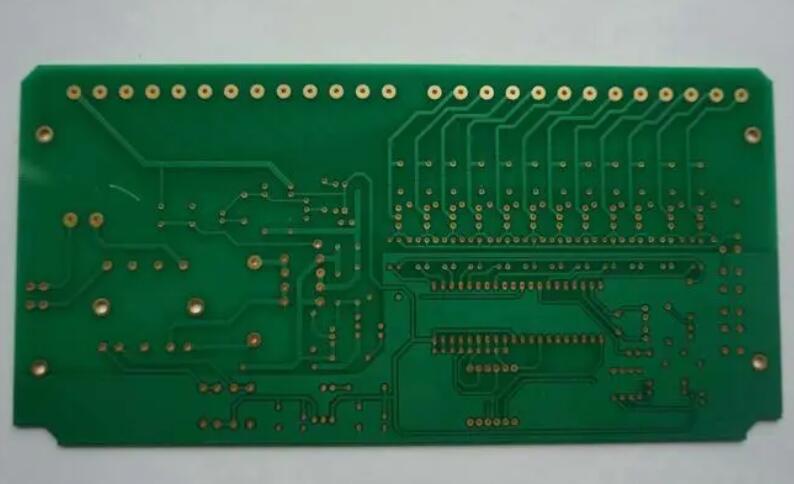Why do I need to have test points on the PCB?
Some people may ask: "PCB circuit board design: Why do I need to have test points on the PCB?" Maybe they are still a bit confused. I remember that when I first worked as a process engineer in a PCBA processing plant, I asked many people about this test site to understand it. Basically, the purpose of setting test points is to test whether the components on the circuit board meet the specifications and solderability. For example, if you want to check whether there is any problem with the resistance on a circuit board, the easiest way is to measure with a multimeter. You can know it by measuring both ends. details as follows:
PCB circuit board design: Why do we need test points on the PCB?

However, in mass production factories, there is no way for you to use an electricity meter to slowly measure whether each resistance, capacitance, inductance, and even IC circuits on each board are correct. So there is the so-called ICT (In -Circuit-Test) The emergence of automated test machines, which use multiple probes (generally called "Bed-Of-Nails" fixtures) to simultaneously contact all the parts on the board that need to be measured. Then the characteristics of these electronic parts are measured sequentially through the program control with sequence as the main and side by side method. Usually, it only takes about 1 to 2 minutes to test all the parts of the general board, depending on the number of parts on the circuit board. It is determined that the more parts, the longer the time.
But if these probes directly touch the electronic parts on the board or its solder feet, it is likely to crush some electronic parts, which will be counterproductive. So smart engineers invented "test points", which are located at both ends of the parts. A pair of small circular dots are additionally drawn out without a solder mask (mask), so that the test probe can touch these small dots instead of directly touching the electronic parts to be measured.
In the early days of PCB design, there were traditional plug-ins (DIP). We did use the solder feet of parts as test points. Because the solder feet of traditional parts were strong enough, they were not afraid of needle sticks, but there were often probes. The misjudgment of poor contact occurs, because after general electronic parts undergo wave soldering or SMT tin, a residual film of solder paste flux is usually formed on the surface of the solder, and the resistance of this film is It is very high, which often causes poor contact of the probe. Therefore, test operators on the production line were often seen at that time, often holding an air spray gun to blow desperately, or using alcohol to wipe these places that needed to be tested.
In fact, the test points after wave soldering will also have the problem of poor probe contact. Later, after the popularity of SMT, the misjudgment of the test was greatly improved, and the application of test points was also given a great deal of responsibility, because the parts of SMT are usually very fragile and cannot withstand the direct contact pressure of the test probe. Use test points. This eliminates the need for the probe to directly contact the parts and their solder feet, which not only protects the parts from damage, but also indirectly greatly improves the reliability of the test, because there are fewer misjudgments.
However, with the evolution of technology, PCB size has become smaller and smaller. It is already a bit difficult to squeeze so many electronic parts on a small circuit board. Therefore, the problem of test points occupying circuit board space is often on the design side. There is a tug-of-war with the manufacturing side, but this topic will be discussed later when there is a chance. The appearance of the test point is usually round, because the probe is also round, which is easier to produce, and it is easier to bring the adjacent probes closer, so that the needle density of the needle bed can be increased.
The use of a needle bed for circuit testing has some inherent limitations on the mechanism. For example, the minimum diameter of the probe has a certain limit, and the needle with too small diameter is easy to break and damage.
The distance between the needles is also limited, because each needle must come out of a hole, and the back end of each needle must be soldered with a flat cable. If the adjacent holes are too small, except for the gap between the needles There is the problem of contact short circuit, and the interference of the flat cable is also a big problem.
Needles cannot be implanted next to some tall parts. If the probe is too close to the high part, there is a risk of collision with the high part and cause damage. In addition, because of the high part, it is usually necessary to make holes in the needle bed of the test fixture to avoid it, which indirectly makes it impossible to implant the needle. The test points of all the components that are increasingly difficult to accommodate on the PCB circuit board.